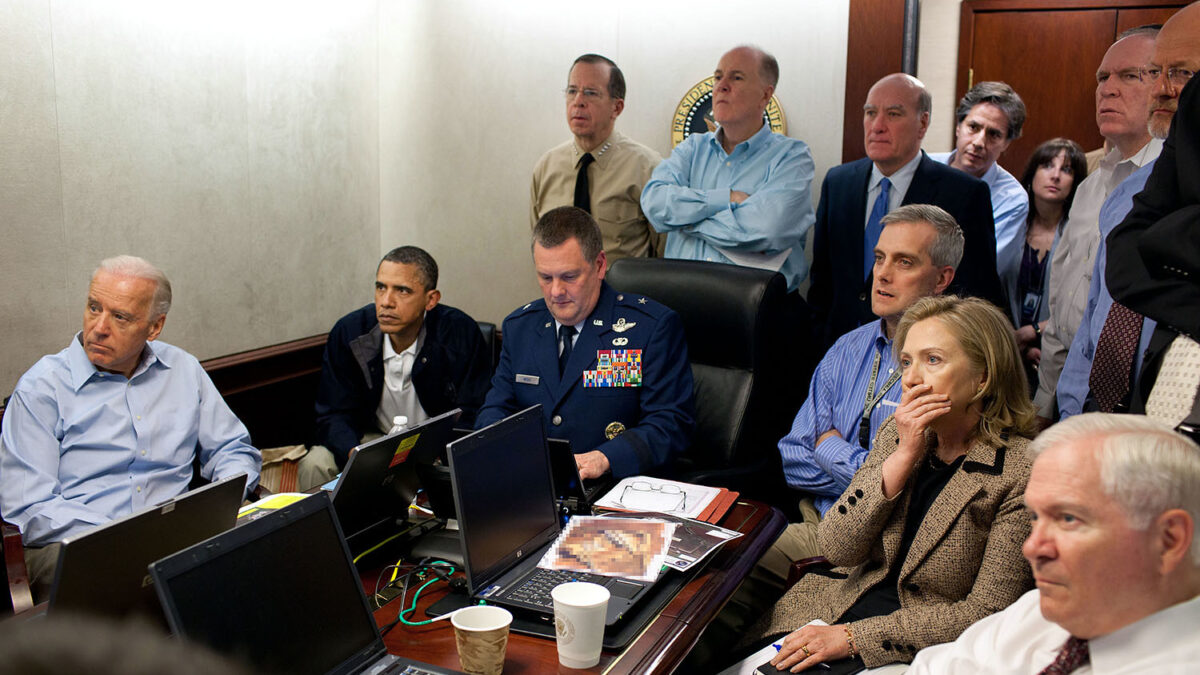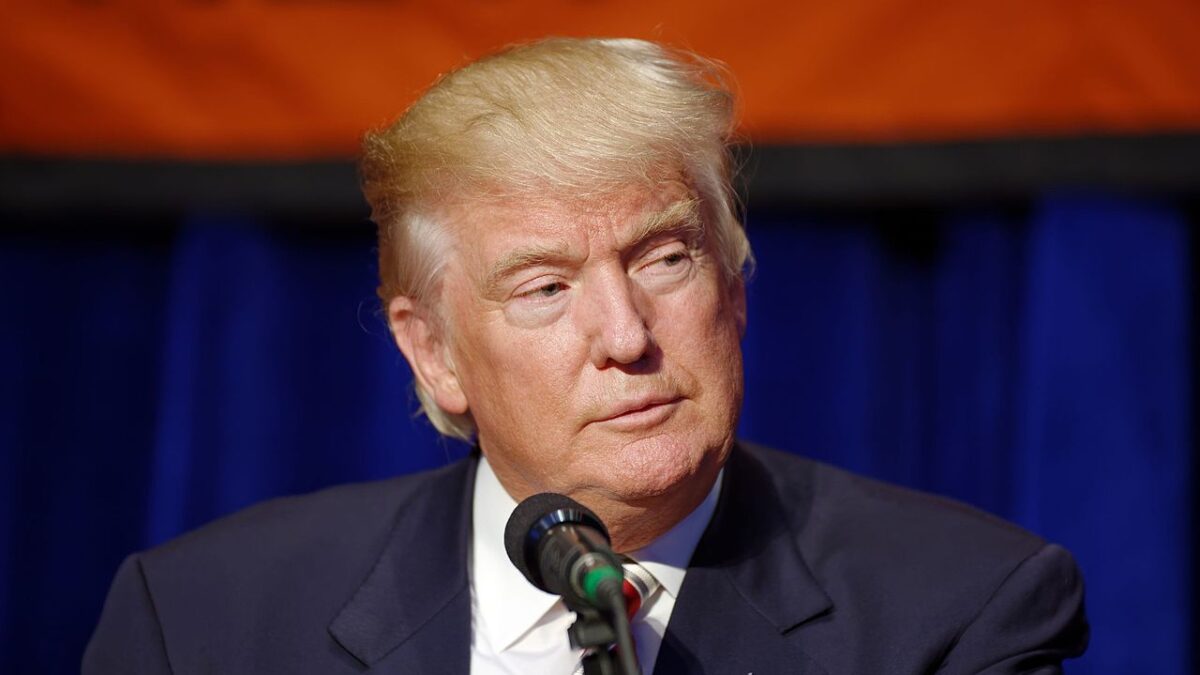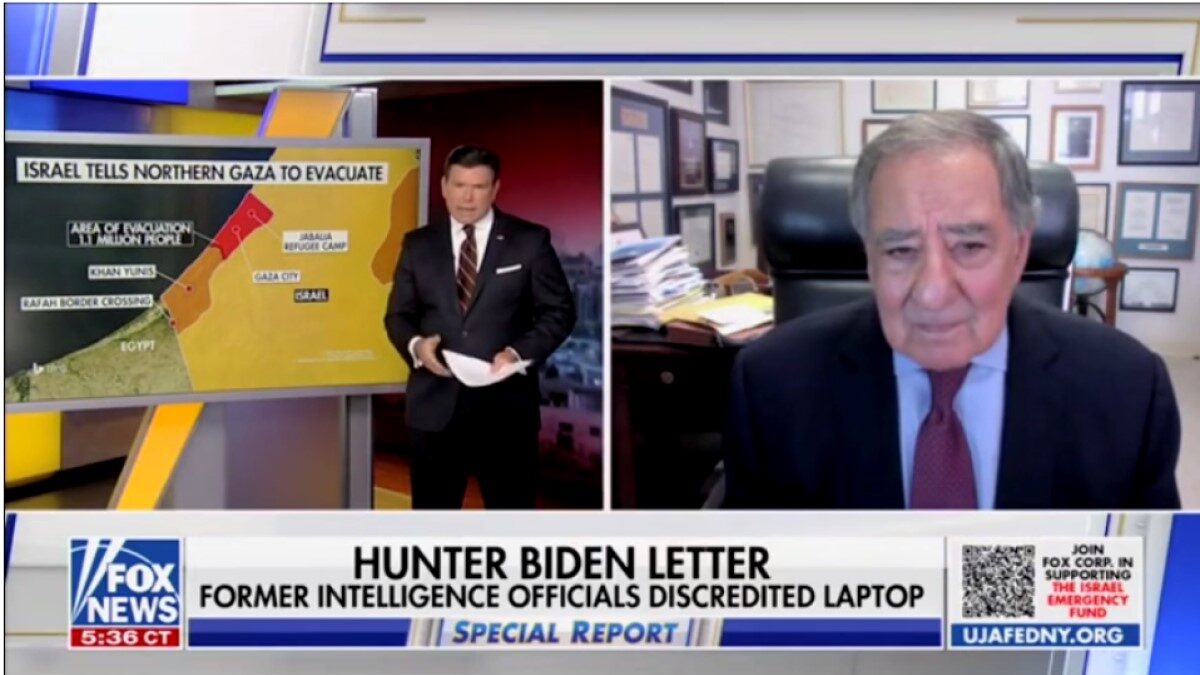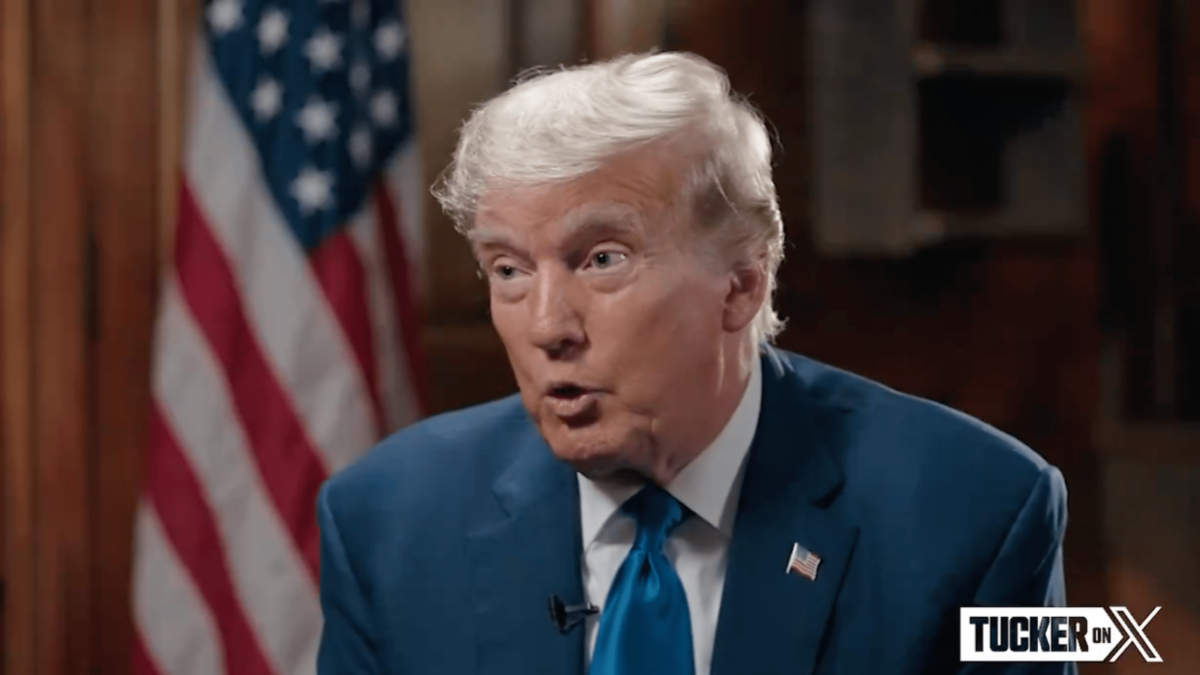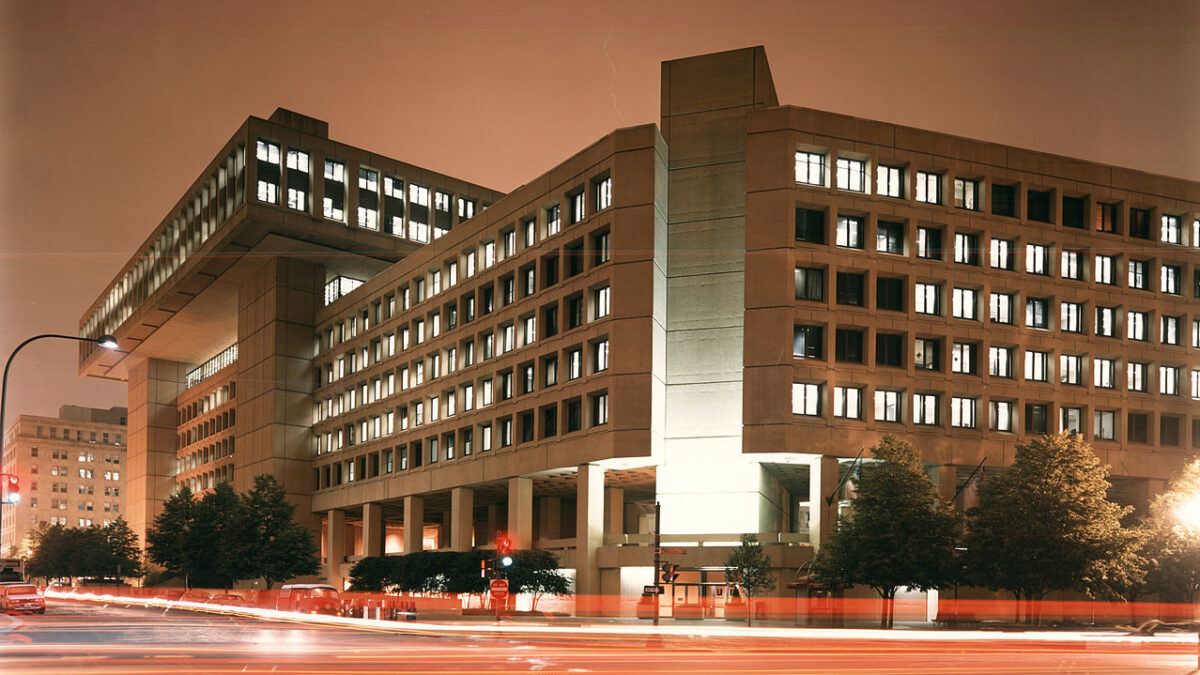
The indictment of Washington attorney Michael Sussman — accused of lying to the FBI in order to smear Donald Trump during the 2016 campaign — reveals the ace up the sleeve of high-powered Democrats. It’s a card they played time and again to advance the Trump-Russia conspiracy theory: friends in high places.
They used friends in law enforcement to launch secret investigations; they used friends in the federal government to broaden those investigations; and they used friends in the media to spread the word about Trump and his organization being under investigation.
Sussmann was a partner at the Washington law firm Perkins Coie in 2016, which represented the Democratic National Committee and Hillary Clinton’s campaign for president. But, according to the indictment handed down by Special Counsel John Durham last week, when he met with the FBI’s general counsel, James Baker, to allege that Trump was in cahoots with the Russians, Sussmann claimed he was representing another client. The indictment alleges this was false.
Securing a meeting with the FBI’s top lawyer can’t have been easy. But for Sussmann it was.
Not just anyone can call up the bureau’s general counsel and, with amorphous claims of conspiratorial criminality by a presidential candidate, promptly get a private sit-down. And yet that is exactly what Sussmann did. How? Because, as Baker told congressional investigators, Sussmann came to him “based on a preexisting relationship.”
In closed-door congressional testimony Oct. 18, 2018, Baker told lawmakers about Sussmann’s convoluted claim that a computer server at Trump Tower was in secret contact with a possible Russian government cutout, Alfa Bank. “So he was describing a – what appeared to be a surreptitious channel of communications – communication between some part of President Trump’s, I’ll say organization but it could be his businesses. I don’t mean like The Trump Organization, per se. I mean his enterprises with which he was associated. Some part of that and a – an organization associated with – a Russian organization associated with the Russian government,” and it was “conducted in a way so as to make it a covert communications channel.”
When Baker asked him how he came upon this information, Sussmann, according to Baker, said “that there were some cyber experts that somehow would come across this information and brought it somehow to his attention, and that they were alarmed at what it showed, and that, therefore, they wanted to bring it to the attention of the FBI.”
Asked for the names of the “experts,” Baker said, “I don’t think I ever found out who these experts were.”
“I just find that unbelievable,” Rep. Jim Jordan replied, “that the guy representing the Clinton campaign, the Democrat National Committee, shows up with information that says we got this, and you don’t ask where he got it, you didn’t know how he got it. But he got it from some, you know, quote, expert.”
Jordan asked Baker whether Sussmann ever mentioned he “may have got some of this information from the Democratic National Committee?”
“I am not sure what I knew about that at the time,” Baker said – a failure of memory that Sussmann’s lawyers are sure to take advantage of.
Baker suggested it was a mystery why Sussmann reached out to him – and then repeatedly made it clear exactly why Sussmann saw him as a possible collaborator. “I had a personal relationship with Michael,” Baker said, but “you’d have to ask him why he decided to pick me.”
“And so what you’re saying is you were the intermediary between Perkins Coie and the FBI because of your personal relationship with that attorney?” then-Rep. Mark Meadows asked.
“I believe so,” Baker answered – but he did so with the caveat: “You’d have to ask Michael why he came to me.” One plausible answer Sussmann could have given was that going to Baker was the best way to achieve his goal – after all, Baker did pass the information on to bureau investigators, and there would soon be stories in Slate and the New York Times telling of an FBI “probe” into Trump and Russia.
For his part, Sussmann told congressional investigators that when he met with Baker, he told him, “I wasn’t looking for the FBI to do anything. I had no ask. I had no requests.”
Sussmann wasn’t the only old friend feeding Russia conspiracy stories to James Baker. In the fall of 2016, another Washingtonian with the general counsel’s ear was David Corn, the Washington bureau chief of the left-wing magazine Mother Jones.
“David had part of what is now referred to as the Steele dossier and he talked to me about that and wanted to provide that to the FBI,” Baker told lawmakers. “And so, even though he was my friend, I was also an FBI official. He knew that. And so he wanted to somehow get that into the hands of the FBI.”
How did a Mother Jones reporter/columnist get chosen to drop a dime on Trump with the FBI?
“David is a friend of mine”
“Longtime friend?”
“Longtime friend.”
“When did you first meet Mr. Corn?”
“Years and years and years ago,” Baker said to congressional investigators. “Our kids carpooled together. We carpooled with them when our kids were little.”
As with the materials from Sussmann, Baker took dossier sections from David Corn and passed them on to FBI counterintelligence agents.
Having such relationships was seen not as a liability, not as a risk of bias, but instead as something that boosts the credibility of those passing along information.
Consider former British agent Christopher Steele, who had a knack for cultivating friends in high places. In 2007 he met Bruce Ohr at an organized crime conference. They would continue to meet about once or twice a year, whenever Ohr was in London or Steele was in Washington. Orbis, the private intelligence firm Steele formed after he left MI6, produced a steady stream of short reports; Steele shared them with Ohr.
Their friendship developed to the point that, in the spring of 2010, Ohr connected Steele with the FBI and “pushed” for the bureau to make his friend a paid FBI informant, a “confidential human source.” The relationship he built over the years with Ohr would prove helpful when Ohr became one of the highest-ranking career officials at the Department of Justice, associate deputy attorney general – especially since Steele wasn’t the only one cultivating a connection with Bruce Ohr.
Ohr had also become “personally acquainted” with Glenn Simpson at the same sort of policy conferences year after year. That relationship was reinforced when the opposition research firm Simpson co-founded, Fusion GPS, hired Ohr’s wife, Nellie, as an independent contractor.
When it came time for Steele to tap Ohr in launching a counterintelligence investigation into the Trump campaign, Steele used all the trappings of friendship among international sophisticates: He took the Ohrs to breakfast at the Mayflower Hotel in Washington.
Not long before the 2016 election, Christopher Steele had a falling out with the FBI, which had discovered he was not honoring the “confidential” part of his agreement to be a confidential human source. But thanks to Steele and Simpson’s relationships with Bruce Ohr, Steele’s ability to influence the FBI was not lost. He began to funnel his spurious tales through Bruce Ohr to the bureau. Lawmakers asked James Baker why the FBI — having shut down Steele as an official source — turned to Bruce Ohr as a way to continue gathering information from Steele. Baker saw Ohr’s friendship with Steele as an asset, not a liability: “Bruce,” Baker said, “had some type of preexisting relationship with the source.”
He also promoted Steele himself: “Toria and Paul, Three reports from Orbis,” Winer wrote in a November 2014 email, showing his nickname and first-name basis with “Toria” Nuland and Paul W. Jones, her deputy. He added, “The man behind them and Orbis, Chris Steele (as previously mentioned, former MI6 Russia expert, and a trusted friend of mine) is in DC next couple of days. If you’d like to meet with him, let me know and I can put it together.” Winer promoted Steele’s dossier with no less vigor and enthusiasm, distributing it among his friends at State.
From Michael Sussmann’s relationship with the FBI’s general counsel, Jim Baker, to Baker’s friendship with David Corn of Mother Jones; from Bruce Ohr’s long connection with Christopher Steele to Steele’s decade-long association with Jonathan Winer, the stealthy dissemination of allegations against Trump, his businesses and his staff remains a blueprint of how Washington works.
This article was first published by RealClearInvestigations on Sept. 22, 2020.


